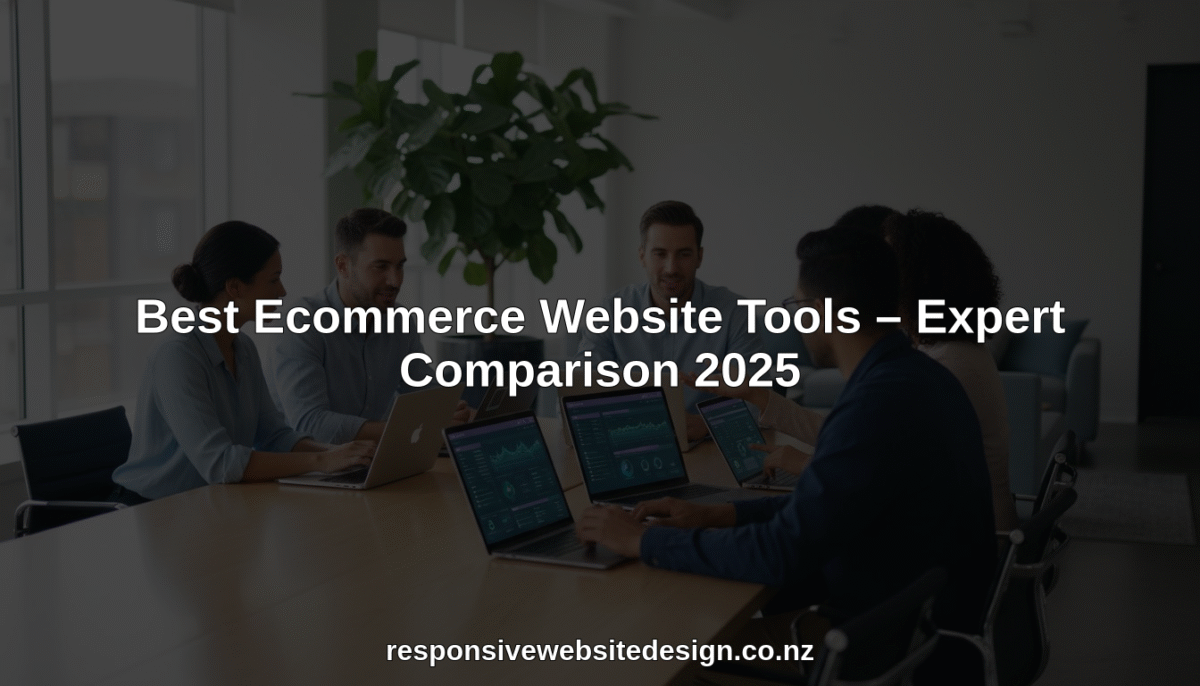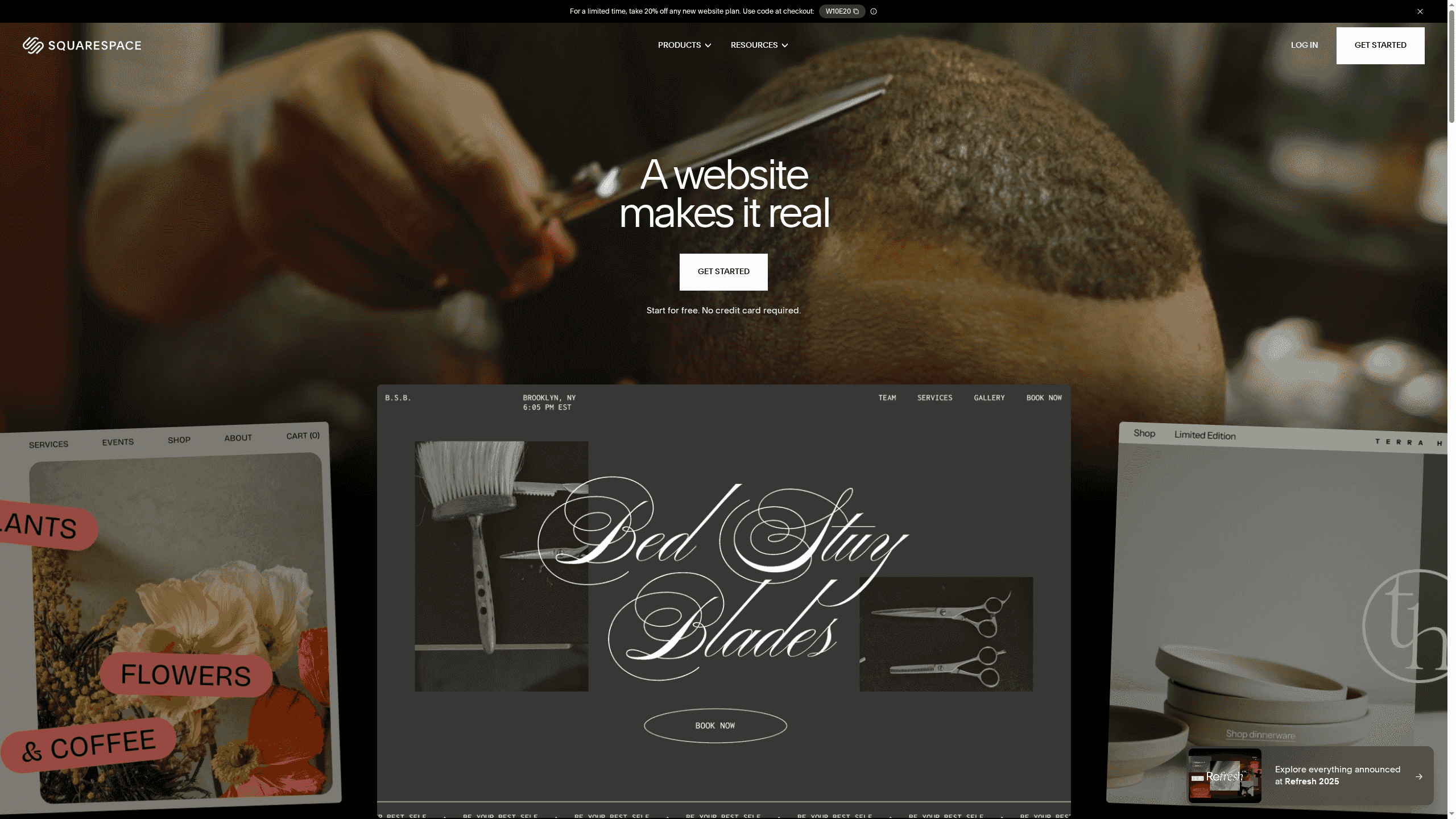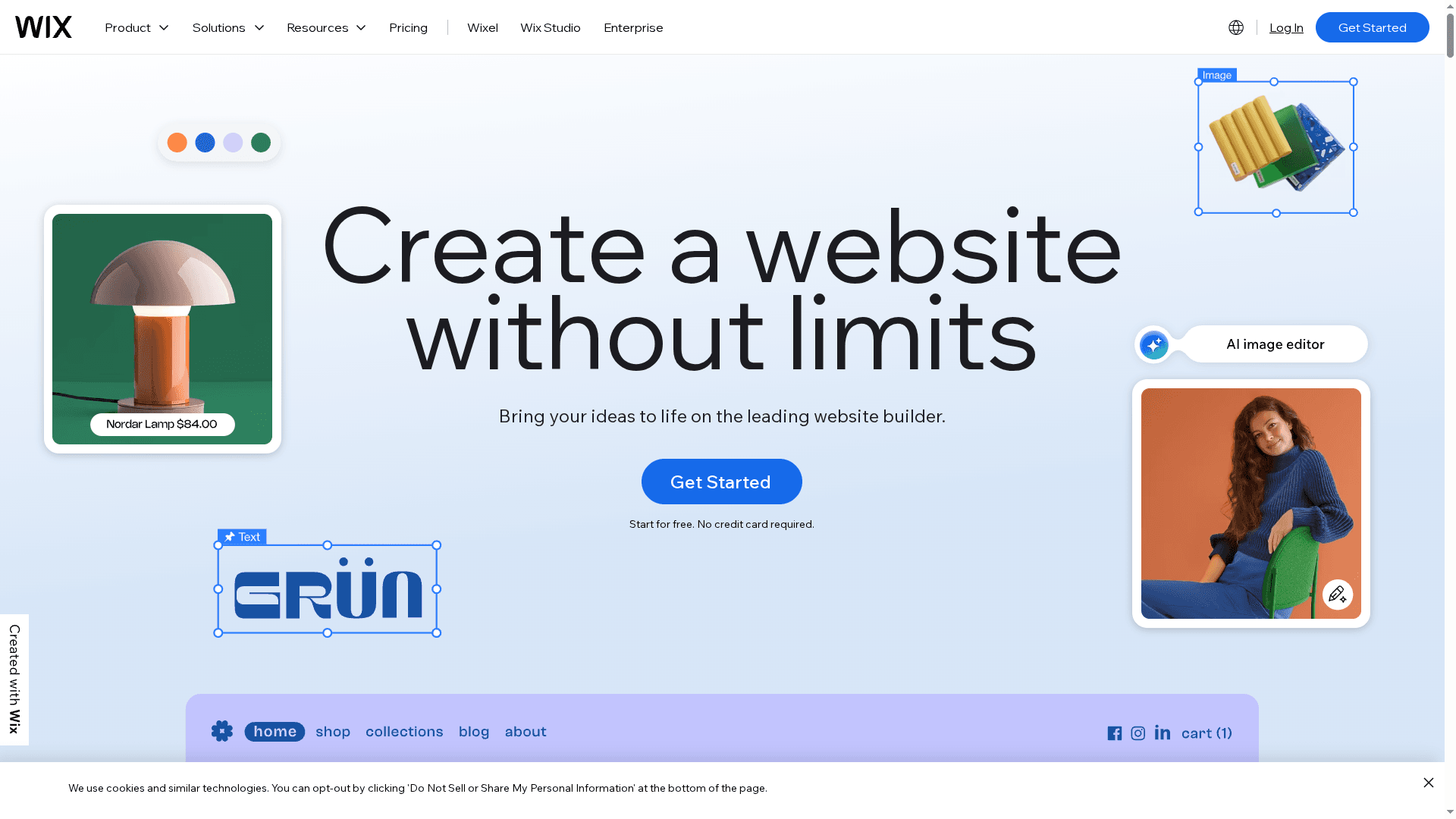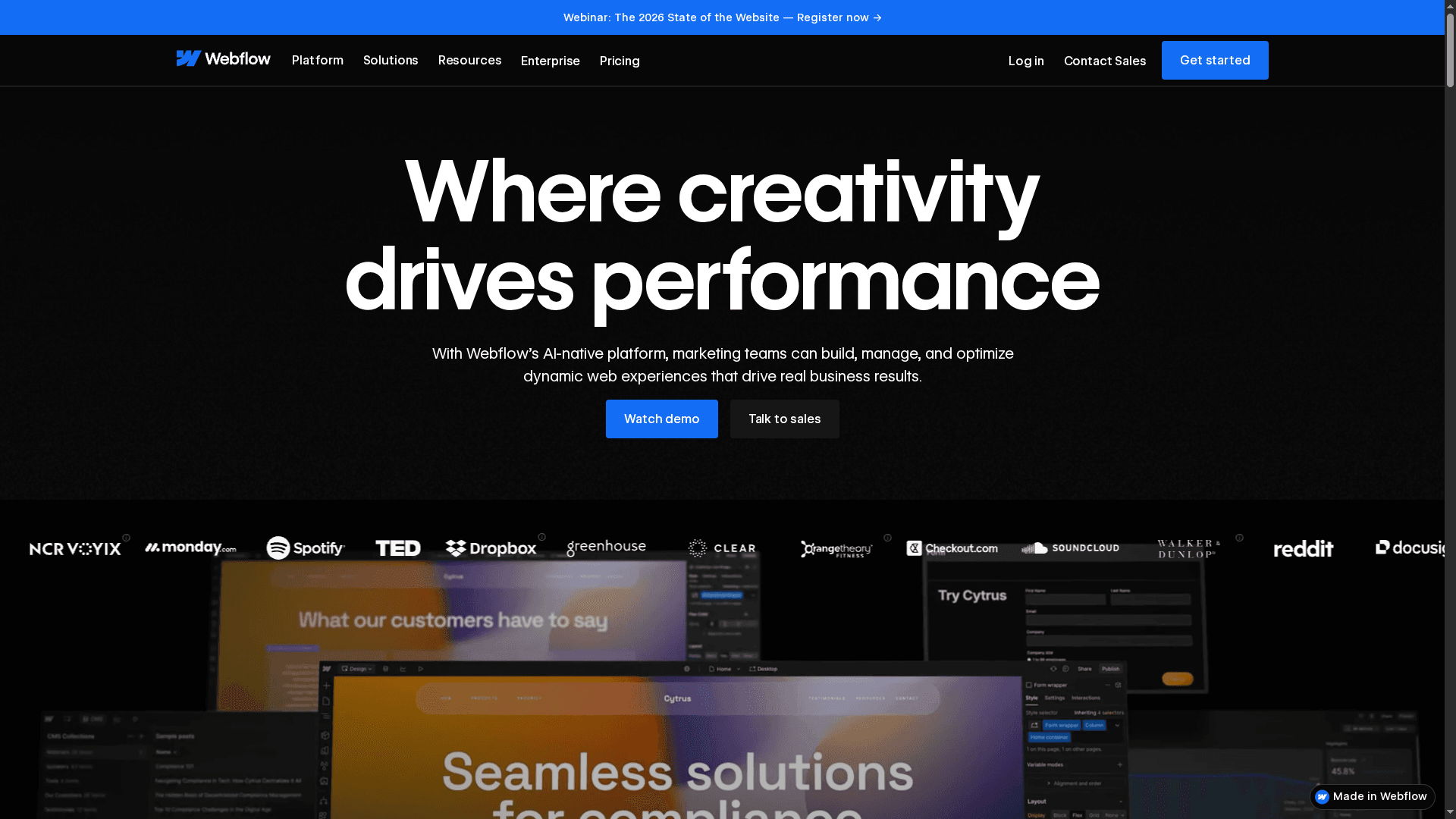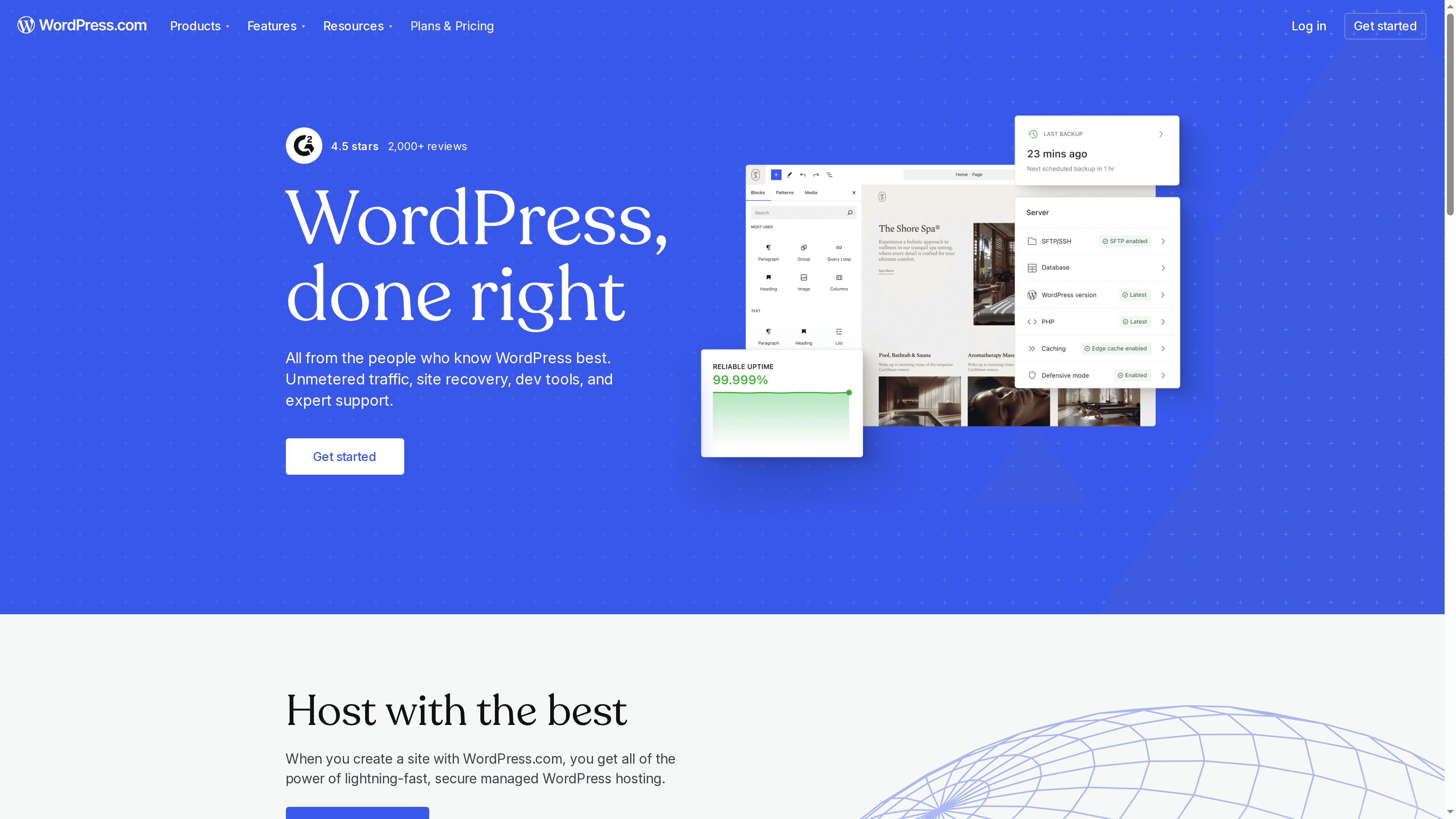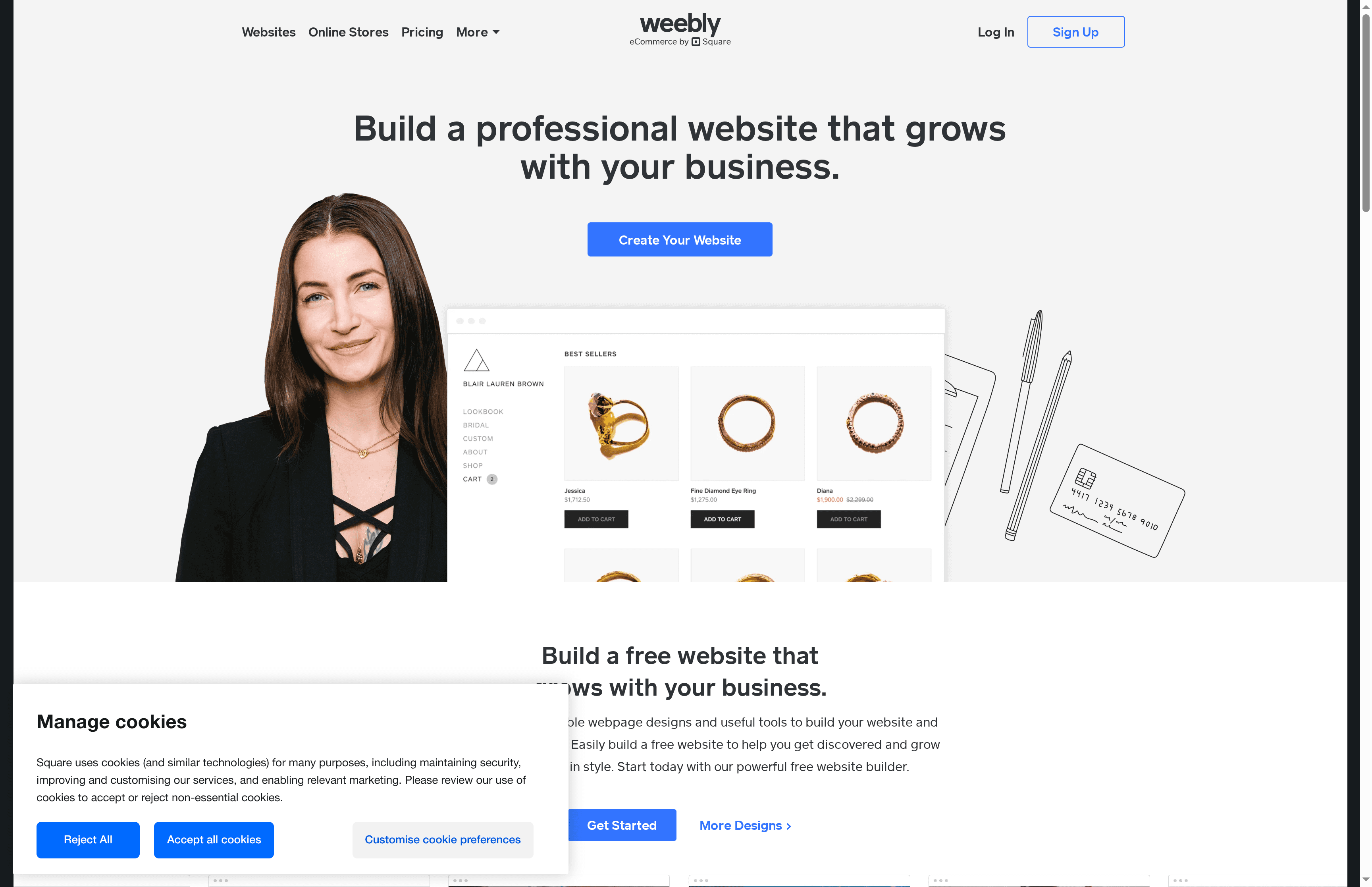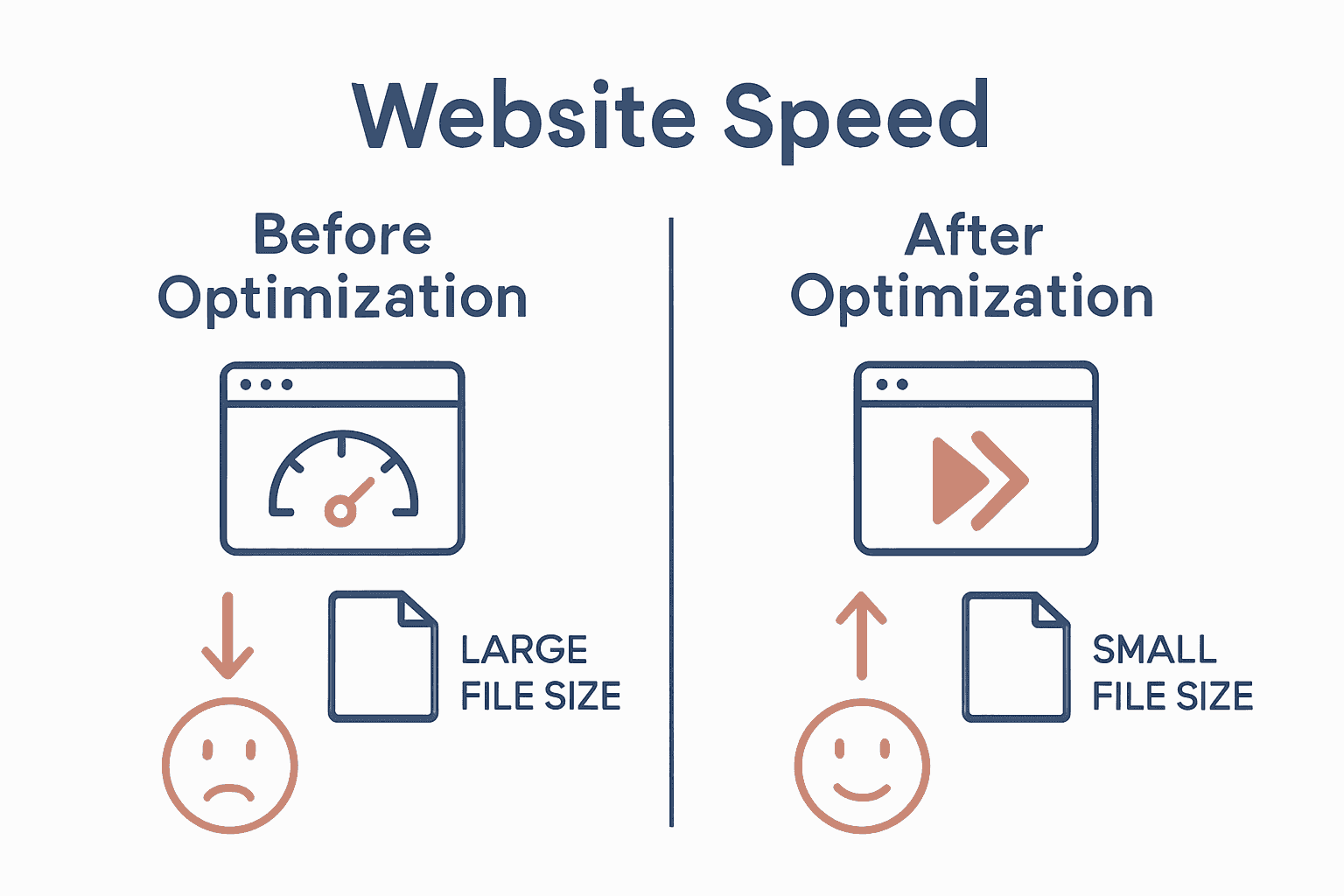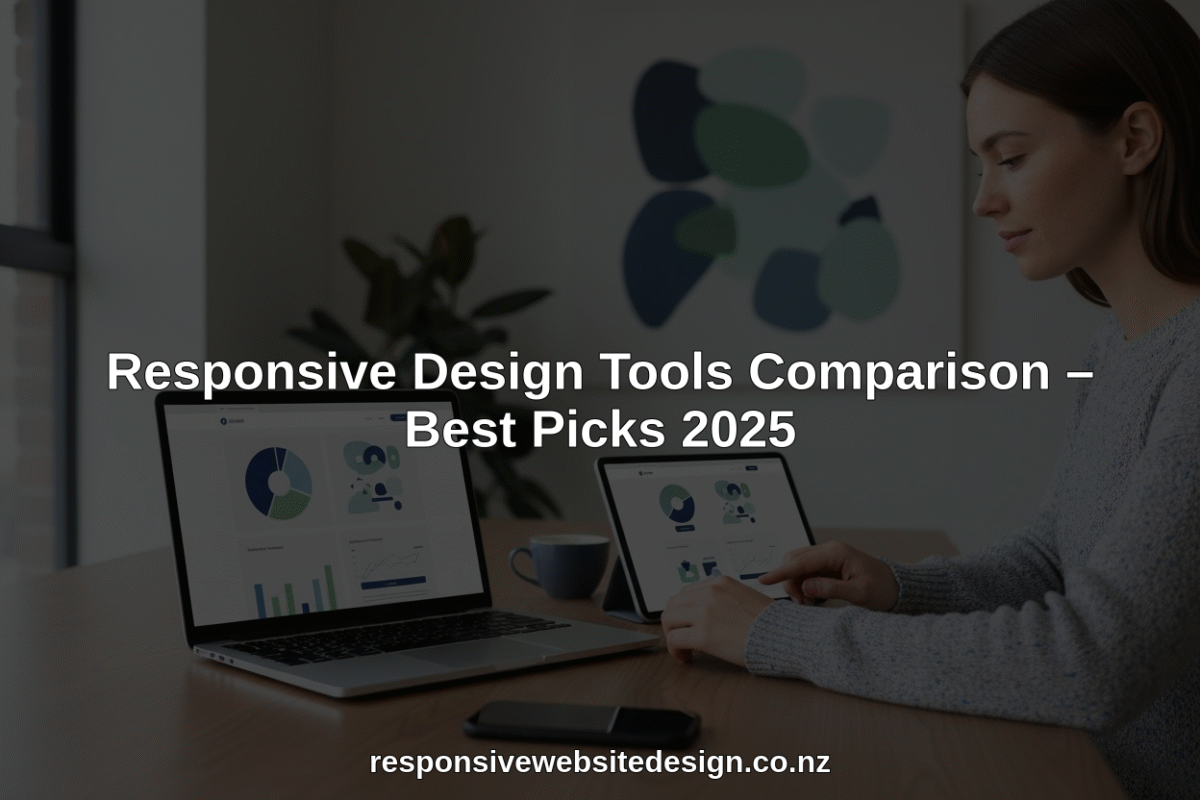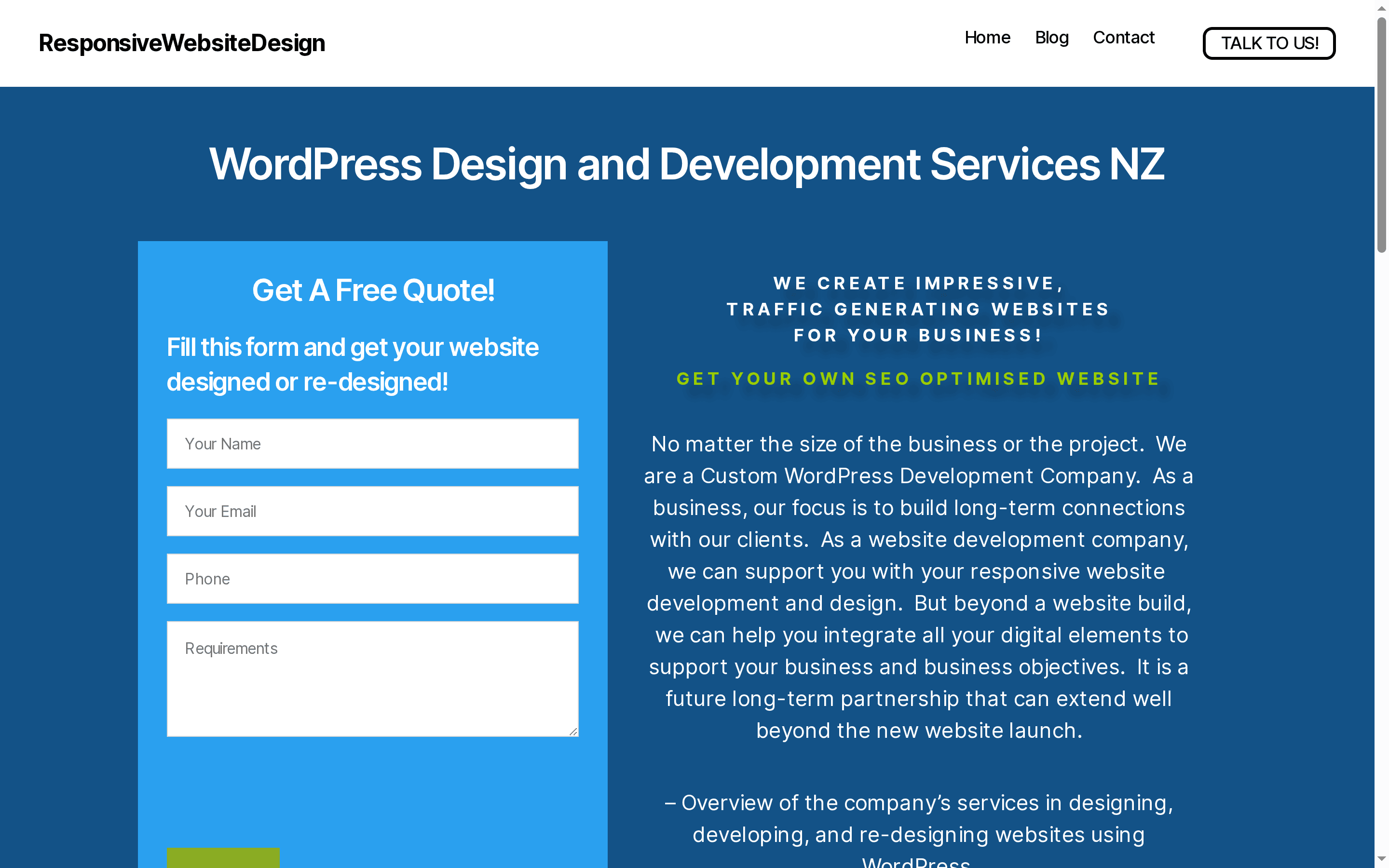Choosing the right partner for your website can shape how your business connects with customers and stands out online. Some teams build from scratch with a strong focus on your goals. Others bring years of experience or offer all services under one roof. Features, support and results can look very different from one provider to another. Curious about which approach fits your plans best? Explore what sets each option apart to find the fresh advantage your business needs.
Table of Contents
Responsive Website Design and Development
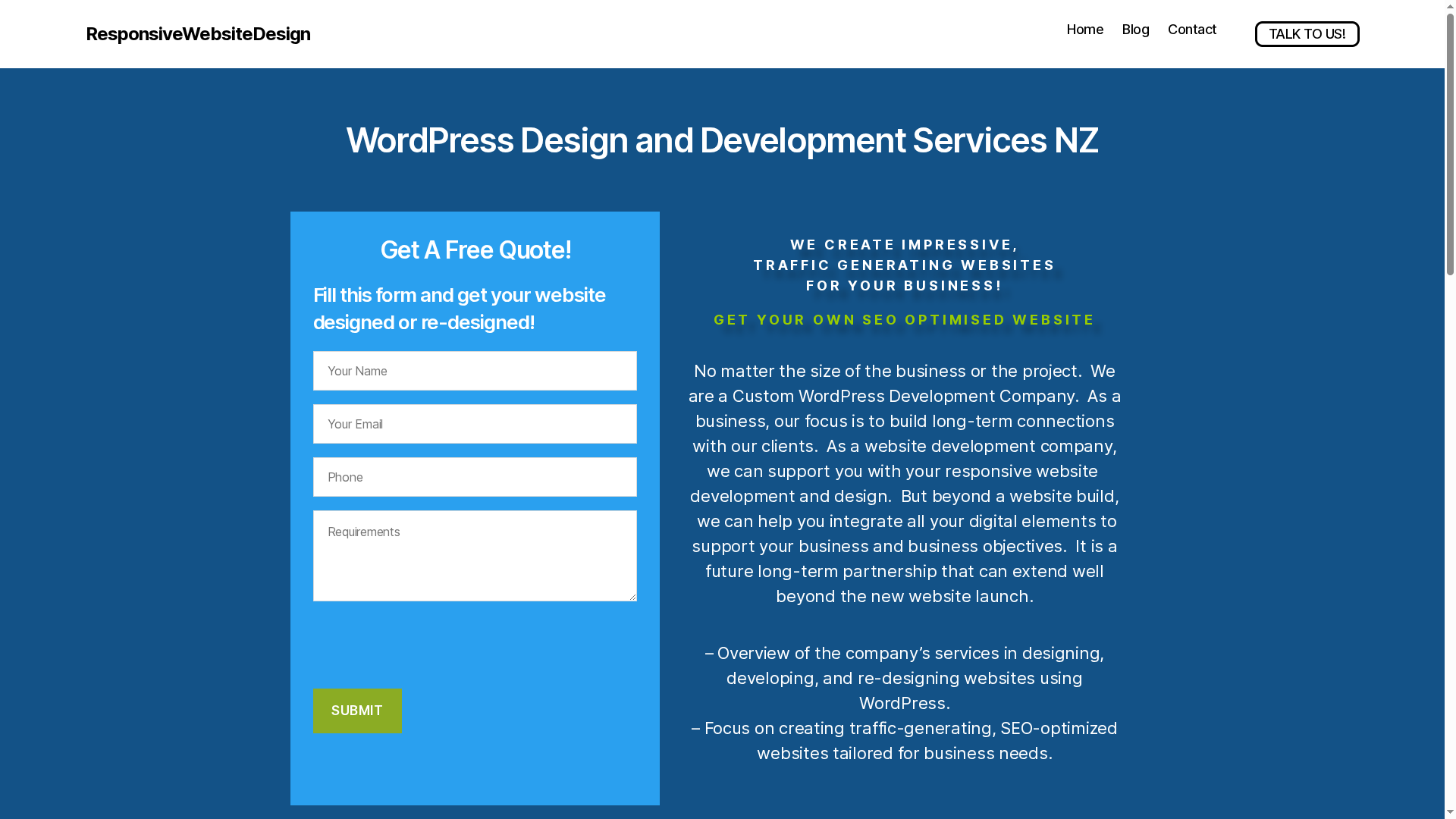
At a Glance
Responsive Website Design and Development is a focused digital agency that builds custom, SEO-optimised WordPress sites designed to drive traffic and improve user engagement for New Zealand businesses. They cover full site creation, redesign, WooCommerce e-commerce integration, and ongoing maintenance, with a clear emphasis on mobile responsiveness and search visibility. The team positions itself for long-term partnerships, supporting clients from launch through security updates and performance optimisation. There are some transparency trade-offs—pricing and a detailed portfolio aren’t published—by design, to keep proposals tailored and client-focused.
Core Features
This service centres on custom WordPress development adaptable to a wide range of site sizes and purposes, with mobile responsive design as standard. E-commerce capability is delivered via WooCommerce, allowing integrated online stores that match the site’s visual design and user flows. Visual, user-friendly interfaces prioritise visitor retention and conversion, while maintenance packages include security updates and performance optimisation to keep sites fast and secure. SEO-focused build practices and ongoing optimisation ensure sites are structured to perform in search and to support long-term digital growth.
Pros
- Specialised WordPress expertise: The team focuses exclusively on WordPress solutions, providing deep platform knowledge that reduces development risk and accelerates delivery.
- Full-service offering: From initial design and development to ongoing support and maintenance, the service covers the full website lifecycle so you have a single partner for continuity.
- Integrated digital marketing experience: The agency combines development skills with digital marketing know-how, so sites are built with SEO and traffic generation in mind.
- Responsive, engagement-focused design: Sites are crafted to be mobile-friendly and visually engaging, which helps improve visitor retention and user experience.
- E-commerce with WooCommerce support: The team delivers store builds that integrate with the WordPress ecosystem, making it straightforward to sell online and expand functionality over time.
Who It’s For
This offering is ideal for small to medium businesses, organisations planning a website redesign, and companies that need e-commerce capabilities built into a WordPress environment. It suits business owners and digital marketing managers who want a reliable partner for both launch and ongoing optimisation, particularly those who value long-term site management rather than one-off projects.
Unique Value Proposition
Responsive Website Design and Development stands out through its single-minded focus on WordPress and WooCommerce combined with a long-term partnership model. Instead of templated, self-serve solutions, clients receive custom builds that are search-optimised and mobile-first, plus continuing maintenance and security support. That continuity matters: you get development expertise aligned to your business goals, SEO-aware architecture from day one, and an ongoing optimisation pathway that keeps your site competitive. In short: custom, conversion-focused WordPress sites backed by sustained technical and marketing support — a pragmatic choice for businesses serious about online growth.
Real World Use Case
Imagine a medium-sized retail business needing a modern, mobile-friendly online store: the agency designs a visually coherent site, integrates WooCommerce for product management, applies on-page SEO best practice, and then transitions to a maintenance plan to handle updates, security and speed improvements. The result is a managed e-commerce platform you can rely on — launched and then continuously refined.
Pricing
Not specified in the provided content — engagements are quote-based to reflect custom scope and ongoing support needs.
Website: https://responsivewebsitedesign.co.nz
Zeald
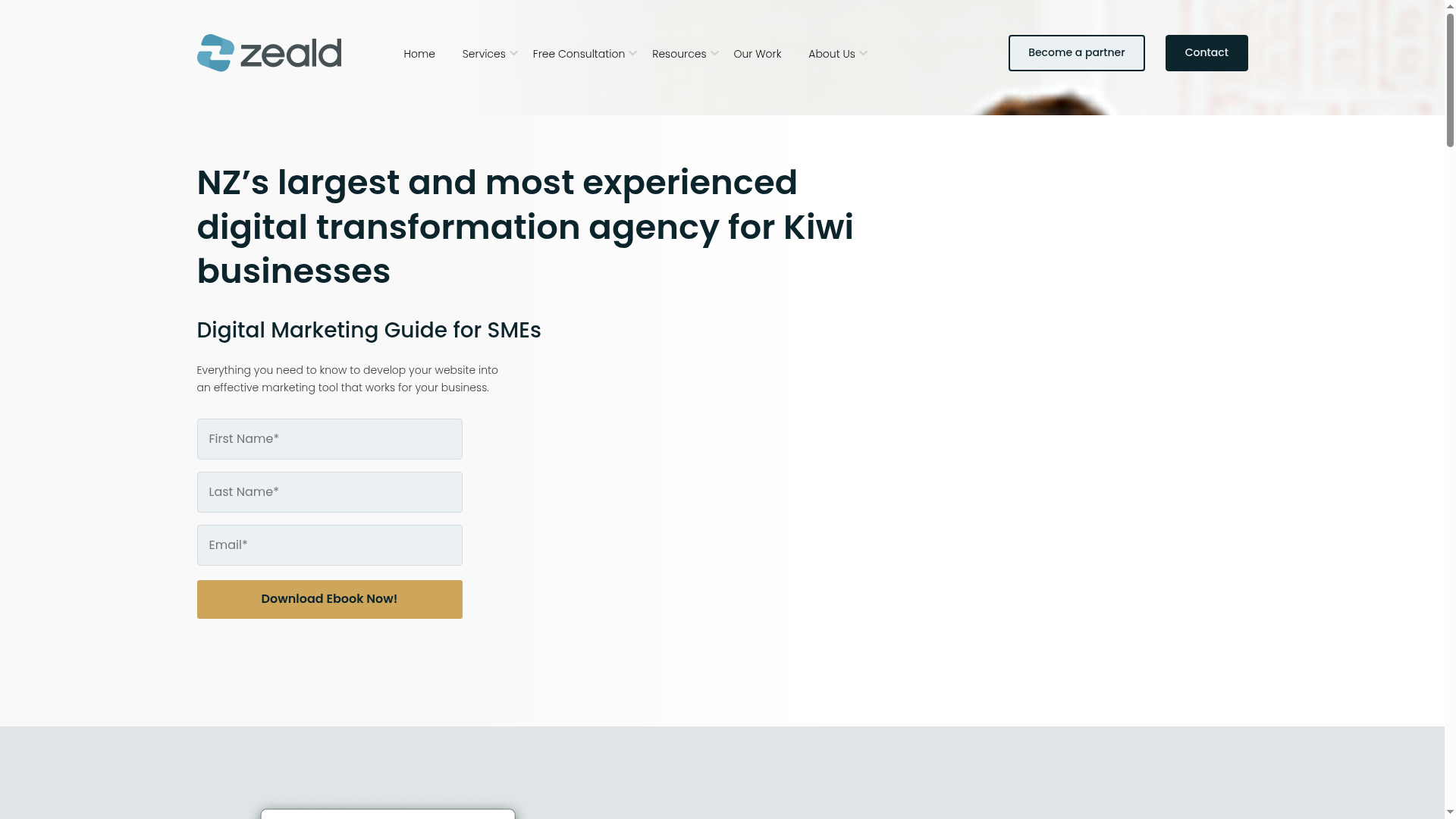
At a Glance
Zeald is a seasoned New Zealand web design and digital marketing agency with a long track record—working since 2001 and supporting over 15,000 businesses. They combine website design, ecommerce, digital marketing and software integrations under one roof, backed by recognition as a Google Premier Partner (top 3% globally). If you want an experienced partner for a comprehensive digital transformation, Zeald is a safe bet; if you need clear starter pricing to plan immediately, expect to engage them for a tailored quote.
Core Features
Zeald delivers end-to-end services: website design and development, ecommerce solutions, digital marketing services, and software integrations, plus free resources such as ebooks, website audits and webinars. Their approach centres on partnership—working with businesses to align digital strategy, user experience and marketing to measurable outcomes. The agency’s service mix means they can build the site, connect it to business systems and run campaigns to drive traffic and sales—all from the same provider.
Pros
- Extensive industry experience: Zeald has operated since 2001, which demonstrates long-term stability and a deep understanding of digital evolution for small and medium businesses.
- Recognised marketing credentials: Being a Google Premier Partner places Zeald in the top 3% globally, which indicates strong capability in paid search and digital campaigns.
- Large client footprint: Supporting over 15,000 businesses shows they’ve handled diverse industries and scenarios, reducing the risk of unknown technical surprises.
- Comprehensive service offering: They provide web design, ecommerce, digital marketing and software integrations, allowing clients to keep design, build and growth under one managed relationship.
- Educational support and free resources: Zeald offers audits, ebooks and webinars that help business owners make better decisions before committing to a paid engagement.
Cons
- Lack of published pricing makes budgeting difficult: The website does not specify pricing details, which means you’ll need to request a quote to understand total costs.
- Potentially significant investment for tailored work: Given the emphasis on bespoke, partnership-driven projects, businesses should expect customised work that may require a larger budget than off-the-shelf alternatives.
- Expectation of high-touch engagement: Their model leans towards partnership and managed services, which may be more than what businesses seeking a low-maintenance, template solution want.
Who It’s For
Zeald is best for small to medium-sized businesses in New Zealand seeking a reliable partner for digital transformation and measurable online growth. If you want a single agency to design your site, set up ecommerce, integrate business systems and run marketing campaigns, Zeald’s breadth and experience make them a logical choice.
Unique Value Proposition
Zeald combines two decades of experience, recognised Google partnership credentials and a broad service set so clients can move from strategy to execution without juggling multiple vendors. That continuity reduces friction and improves the chances of consistent, measurable outcomes.
Real World Use Case
A local retail business could engage Zeald to build an ecommerce store, connect it to inventory and accounting systems, then run targeted digital marketing campaigns to increase online sales and foot traffic—benefiting from Zeald’s integrated approach and educational resources during the rollout.
Pricing
Pricing details are not specifically listed on the website, so prospective clients should contact Zeald for a tailored quote.
Website: https://zeald.com
Moca

At a Glance
Moca is a New Zealand-based digital solutions studio that specialises in website and software development, with a clear focus on strategy, design, development and ongoing support. They work across Craft CMS, Webflow and Shopify, and position themselves as a partner for businesses that need tailored, problem-solving digital products rather than one-size-fits-all templates. If you want a locally minded team — particularly around Tauranga and broader NZ — that can deliver bespoke sites, web apps and ecommerce builds with ongoing maintenance, Moca is a solid contender.
Core Features
Moca combines digital strategy development with hands-on website and custom web app development, supported by hosting and maintenance services and search engine optimisation (SEO). Their claimed specialisations in Craft CMS, Webflow and Shopify suggest they can handle content-driven sites, visual builders and commerce platforms. The offering reads like a full lifecycle service: strategy workshops to align goals, design and development to solve business problems, then SEO, hosting and maintenance to sustain the outcome. That end-to-end scope is useful when you need a single supplier to own both technical delivery and long-term site health.
Pros
- Platform versatility: Moca specialises in Craft CMS, Webflow and Shopify, giving you options whether you need a custom CMS, a visual design workflow or an ecommerce store. This versatility supports different project complexities and budgets.
- Strategic, problem-solving focus: They emphasise strategy and tailored solutions, which means projects are framed around business outcomes rather than visual polish alone.
- Ongoing support and hosting: Offering hosting and maintenance alongside development reduces the friction of handovers and keeps sites secure and performant over time.
- Localised NZ expertise: With experience across New Zealand and a presence in Tauranga, Moca brings regional knowledge that helps with local SEO, logistics and stakeholder familiarity.
- Collaborative approach: Workshops and ongoing review processes indicate a collaborative engagement model, useful for teams that need regular alignment and iteration.
Cons
- Pricing transparency is limited: Specific pricing details are not provided in the content, so budgeting requires direct contact and a quote.
- No client testimonials or case studies provided: The absence of explicit case studies or testimonials in the supplied content makes it harder to verify outcomes or see concrete examples of past work.
- Unclear team capacity: Limited information on team size or capacity means assessing whether they can scale for larger or concurrent projects requires a discovery conversation.
Who It’s For
Moca is aimed at business owners, marketers, operations managers, designers and agencies in need of custom web solutions, ecommerce platforms or a coherent digital strategy. If you’re seeking a New Zealand partner to design, build and maintain a tailored website, Shopify store or custom web app — and you value a collaborative, strategy-led process — Moca fits the brief.
Unique Value Proposition
Moca’s unique value is the combination of platform specialisation (Craft CMS, Webflow, Shopify) with a strategy-first approach and ongoing maintenance. That means you get a solution crafted to your business needs, not a prebuilt template dropped into place.
Real World Use Case
A midsize NZ retailer wants to overhaul its online presence, migrate to Shopify for improved ecommerce capability and launch a custom admin app to manage stock and local deliveries. Moca would run strategy workshops, design the Shopify store, build the custom app integrations, and provide hosting plus SEO and maintenance to keep the platform performing.
Pricing
Not specified in the content provided.
Website: https://moca.co.nz
Activate Design

At a Glance
Activate Design is a Christchurch-based creative agency founded in 2003 that bundles website design, branding, graphic design and digital marketing under one roof. They position themselves as a long-standing, full-service partner that also builds proprietary website software and provides hosting, which can simplify supplier management for busy business owners. The bottom line: if you want a single team to handle brand, web build and ongoing promotion, Activate Design offers a cohesive option — though pricing and client feedback are not clearly published.
Core Features
Activate Design combines web design and development with graphic design (logos and print), branding and identity work, plus web hosting and domain registration. Their services extend into SEO and online marketing, including email campaigns and web video production. Importantly, they develop their own software for websites, which suggests tighter integration between design, functionality and hosting than you’d get from stitching together multiple vendors.
Pros
- Two decades of experience: Having operated since 2003, Activate Design brings over 20 years of agency experience to projects, which reduces the risk of rookie mistakes.
- Multidisciplinary offering: They cover branding, print, websites and marketing, so you can get a consistent identity across every customer touchpoint.
- Proprietary software: Developing their own website software enables more integrated solutions and potentially faster, bespoke implementations.
- Strong portfolio: A diverse portfolio and case studies indicate practical experience across industries and project types.
- Comprehensive packages for new businesses: The agency presents bundled offerings that suit startups and organisations launching a new brand and website.
Cons
- Pricing is not transparent: The website does not list specific prices, which makes it hard to budget or compare value before contacting the team.
- Limited onsite client feedback: There are no detailed client reviews or extensive testimonials presented on the site to validate claims and outcomes.
- Sparse service-package detail: Information about individual service packages and scopes is limited, so you may need to clarify deliverables and timelines during discovery.
Who It’s For
Activate Design is best for small to medium businesses, organisations and local Christchurch enterprises that prefer a single supplier for branding, print, web and digital marketing. It suits owners who value a long-established agency relationship and those who want a tightly integrated website built on proprietary software rather than a patchwork of third-party plugins.
Unique Value Proposition
The agency’s unique angle is the combination of multidisciplinary creative services with in-house website software and hosting — designed to deliver consistent brand experiences and reduce coordination overhead. That integrated approach can save time and produce a more seamless user experience across web, print and marketing channels.
Real World Use Case
A Christchurch business partners with Activate Design to create a new brand identity, build a responsive website on the agency’s proprietary platform, and run an email and video-driven marketing launch — resulting in clearer brand messaging and improved customer engagement.
Pricing
Not specified on the website.
Website: https://activatedesign.co.nz
Limelight Digital

At a Glance
Limelight Digital is a New Zealand–based digital marketing and website design agency with offices in Christchurch and New Plymouth. They combine technical web development, UX-aware design and digital marketing to lift online presence and attract customers. The agency pitches honest, authentic partnerships and a full-stack approach that covers strategy through to eCommerce integration. Bottom line: a solid regional partner for Kiwi businesses that want integrated website and marketing support, though pricing transparency and broader case detail are limited.
Core Features
Limelight Digital’s core capabilities span digital marketing, website design and UX, website development, and eCommerce software integration. They also manage paid channels — Google Ads (PPC) and social media advertising — alongside SEO (Search Engine Optimisation) services. That combination means they can design and build a user-focused WordPress or similar site, plug in an eCommerce platform, then run campaigns and optimise performance so the site can actually convert visitors into customers.
Pros
- Experienced team with broad digital expertise: The agency’s service mix shows they can handle strategic marketing and hands-on development work in the same engagement.
- Client-focused approach emphasising honesty and authenticity: Their stated philosophy suggests relationships built for long-term improvement, which suits businesses that need ongoing support rather than one-off builds.
- Comprehensive digital solutions including strategy, design, and marketing: Having design, development and campaign management under one roof reduces handovers and keeps messaging consistent.
- Local presence in Christchurch and New Plymouth facilitating regional support and communication: Offices in two New Zealand centres make face-to-face meetings and local market understanding straightforward for nearby clients.
Cons
- Pricing details are not specified on the website: Prospective clients must contact Limelight Digital for quotes, which makes quick budget comparisons difficult.
- There is limited publicly available information on specific pricing packages: The lack of package examples or starting points increases friction for businesses assessing fit and value.
- Limited information on the team or case studies aside from project highlights: Without detailed case studies or team biographies publicly available, it’s harder to judge delivery style, sector experience or measurable outcomes.
Who It’s For
Limelight Digital is best suited to small and medium New Zealand businesses seeking a trustworthy local partner to redesign or build a performance-minded website and run accompanying digital marketing. If you want a single supplier to manage design, development, eCommerce integration and paid/organic campaigns, they match that brief—especially for organisations that value in-person collaboration in the Christchurch or New Plymouth regions.
Unique Value Proposition
Their unique value is the blend of technical development and direct marketing execution delivered from local offices, paired with an emphasis on honest, ongoing partnerships. That reduces coordination overhead and helps align site experience with campaign goals.
Real World Use Case
A local retail business could engage Limelight Digital to completely revamp their website, integrate an eCommerce solution, then run targeted Google Ads and social campaigns while the agency optimises on-page SEO to increase foot traffic and online sales.
Pricing
Not specified on the website.
Website: https://limelightonline.co.nz
Foxbyte

At a Glance
Foxbyte delivers bespoke software and advanced AI solutions with a clear focus on security, ethics and long-term reliability. Their team-driven approach — from discovery through to implementation — suits organisations that need tailored digital systems rather than off-the-shelf tools. Expect human-centred interfaces built on complex engineering: elegant on the surface, powerful under the hood. Not for bargain hunters. But powerful when you need something that scales.
Core Features
Foxbyte specialises in custom cloud-based software development, generative and agentic AI assistance, data integration, progressive web applications and systems automation for business workflows. They combine end-to-end engineering with design-led thinking to produce digital products that fit specific business processes. The offering emphasises integration with existing data sources and automating repetitive web-app tasks, so your teams spend less time on manual work and more on strategic outcomes.
Pros
- Expert bespoke and AI capability: Foxbyte demonstrates deep expertise in building tailored software and advanced AI solutions that address unique business needs.
- Full-team engagement: Their process involves the full project lifecycle, ensuring continuity from discovery through to implementation and handover.
- Security and future-proofing focus: The company prioritises secure, reliable systems designed to remain maintainable and relevant as your business grows.
- Human-centred design: Interfaces are crafted to be simple and usable while hiding complex engineering behind clear workflows.
- Strong customer validation: Testimonials indicate effective partnerships and real-world outcomes from completed projects.
Cons
- Limited pricing transparency: There is no published pricing or standard packages, which makes initial budget planning difficult for many businesses.
- Likely premium cost profile: The bespoke nature of projects suggests higher costs compared with templated or off-the-shelf solutions.
- No ready-made products: Foxbyte appears to focus solely on custom engagements and does not offer pre-built or open-source tools for faster, low-cost deployment.
Who It’s For
If you are a business needing a custom digital product, an organisation wanting to embed AI into core workflows, or a company that must automate complex processes reliably, Foxbyte is designed for you. It’s ideal for leaders who value long-term partnerships, prioritise security and need scalable, maintainable systems rather than quick fixes.
Unique Value Proposition
Foxbyte’s strength lies in blending human-centred design with complex engineering and AI — delivering secure, bespoke systems that align tightly with business goals. Their end-to-end engagement model reduces fragmentation between design, engineering and deployment, so projects move faster and handovers are cleaner.
Real World Use Case
Foxbyte has built platforms that improved workplace safety, enhanced electric-vehicle experiences and lifted operational efficiency for steel manufacturers — showing how tailored software and automation can solve sector-specific challenges and drive measurable improvements.
Pricing
Quote-based (not specified; likely customised based on project scope).
Website: https://webfox.co.nz
Website Angels NZ
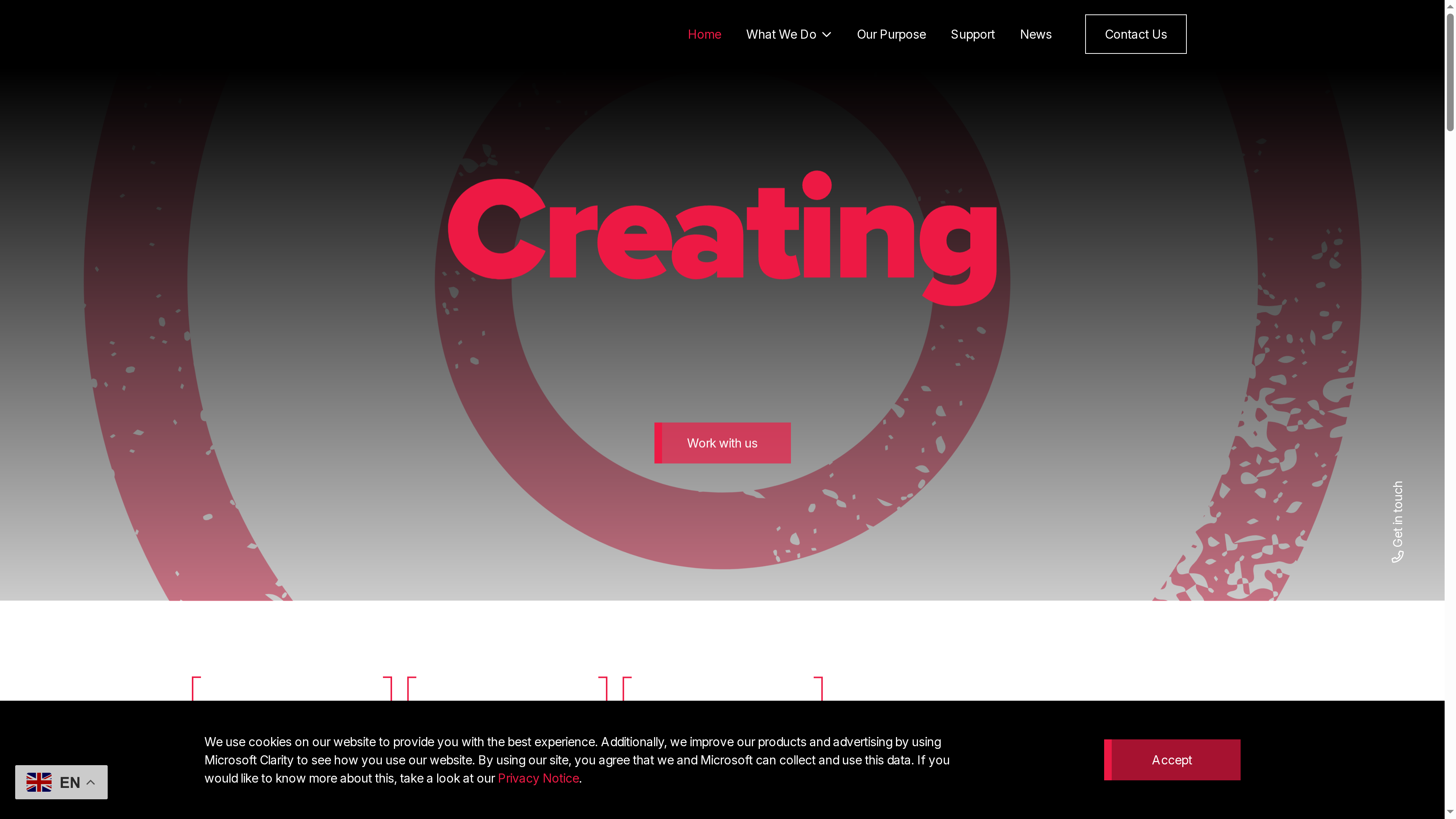
At a Glance
Website Angels NZ is a Hamilton-based digital marketing and web design agency that focuses on long-term, performance-driven growth for businesses. They combine website design and development with paid advertising, SEO and analytics to deliver measurable outcomes. Strong partner recognition as a Google Premier Partner and a Microsoft Partner underlines their technical credibility. If you want a team that blends creative site builds with ongoing marketing and data insight, Website Angels is worth a close look.
Core Features
Website Angels NZ offers a compact but strategically aligned feature set designed for end-to-end digital performance: digital strategy and marketing, custom website design and development, Google Ads and social marketing management, data and analytics, and web-based software systems (IPO). Their services span creative build through to paid media and measurement, which means they can both launch your site and optimise the channels that drive conversions.
Pros
- Proven performance marketing experience since 2009: The agency’s long track record indicates depth of expertise in paid media and conversion optimisation.
- Recognised partner credentials: Being a Google Premier Partner and a Microsoft Partner shows they meet platform certification standards and have access to advanced support.
- Dedicated specialist team: Website Angels presents a team of specialists across design, development and digital marketing, which supports an integrated approach.
- Focus on sustainable growth: Their stated emphasis on long-term growth and lasting client relationships suggests they prioritise ongoing ROI rather than one-off projects.
- Positive client feedback: High client satisfaction and testimonials indicate reliability and real-world results for previous clients.
Cons
- Limited public detail on specific service limits: The provided content does not specify potential service limitations or exclusions, which makes direct comparison harder.
- No publicly listed pricing: Pricing information is not detailed in the content provided, so budgeting requires direct contact.
- Quote-based engagement may slow decision-making: Potential clients will likely need to request tailored quotes, which adds a step before starting work.
Who It’s For
Website Angels NZ suits small to medium businesses and organisations that need both a polished website and the marketing to make it perform. If you want a partner to manage design, hosting, advertising and analytics as a single package—and you value long-term optimisation over quick fixes—this agency fits well.
Unique Value Proposition
Website Angels NZ differentiates itself by combining creative website design with performance marketing and analytics under one roof, backed by recognised platform partnerships. That combination helps clients move from a launch-ready site to measurable improvement in traffic and conversions without juggling multiple vendors.
Real World Use Case
A local Hamilton business hires Website Angels to redesign its website, set up Google Ads campaigns and implement analytics to track conversion funnels. Over time the agency refines targeting and landing pages to increase online conversions and delivers reporting that shows where ad spend drives the most revenue.
Pricing
Quote-based — pricing is not specified publicly; interested clients are encouraged to contact Website Angels for tailored quotes.
Website: https://websiteangels.co.nz
Firebrand NZ
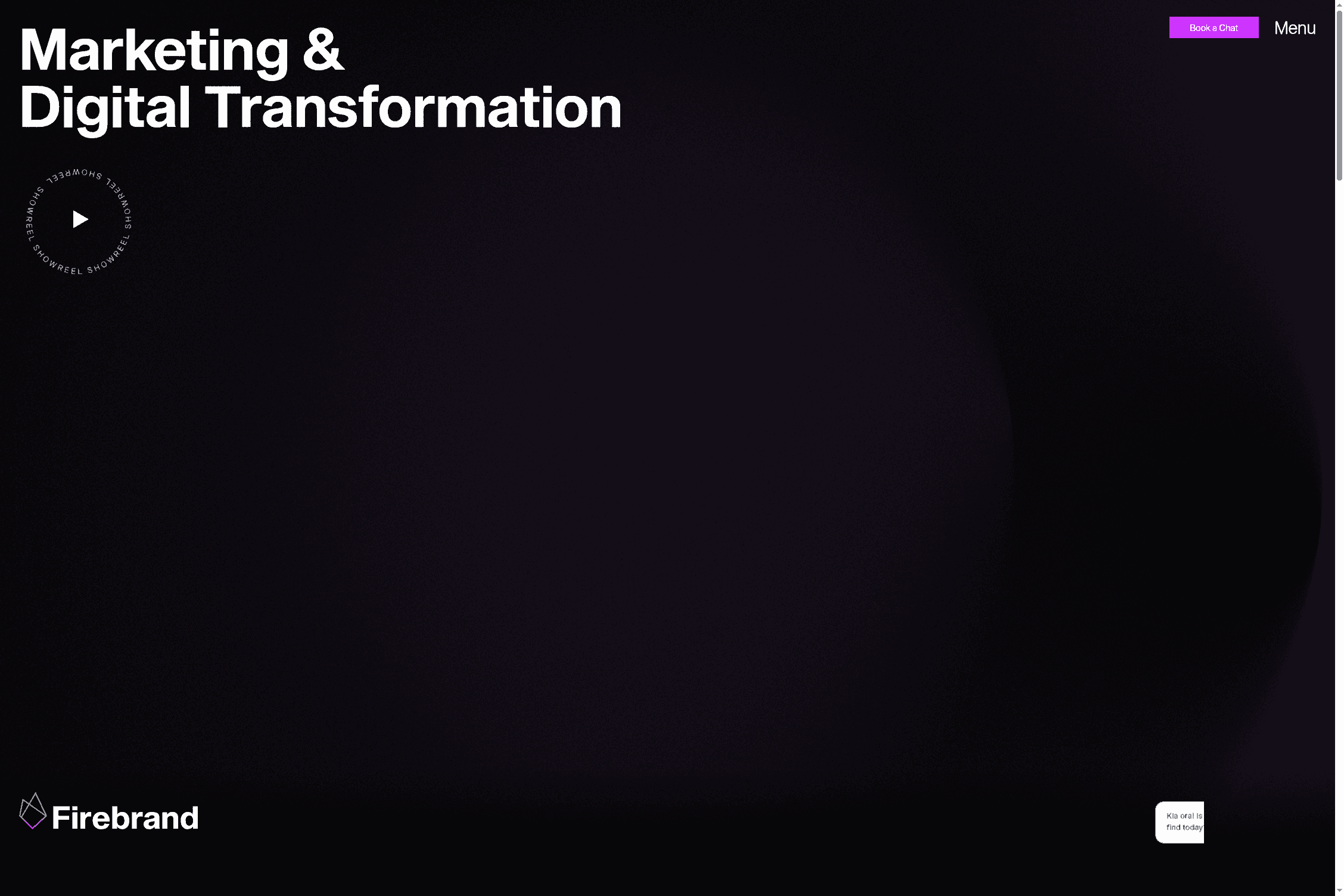
At a Glance
Firebrand NZ is a full-service web agency in Dunedin that combines website design, branding, marketing and content production into a single offering. They position themselves as partners for digital transformation, working with local businesses, educational institutions and larger organisations. If you value a local, award-recognised team that can handle strategy through execution, Firebrand is worth a conversation — pricing details, however, require direct contact.
Core Features
Firebrand’s core capabilities span digital marketing and website design, branding and graphic design, SEO, custom development and a broad suite of content services including videography, animation and photography. Their approach appears to be holistic: they craft visual identity, build the digital experience and support it with content and search optimisation to amplify reach. The combination of creative studio services and technical development means they can deliver consistent brand storytelling across channels.
Pros
- Broad service coverage: Firebrand offers design, marketing, development and content production under one roof, which reduces coordination overhead for clients.
- Experienced with diverse clients: They have a track record working with local businesses through to national organisations, demonstrating adaptability across sectors.
- Community-minded approach: A strong focus on community engagement suggests they prioritise long-term local partnerships and local market knowledge.
- Award recognition: Being award-winning provides external validation of quality in marketing and business delivery.
Cons
- Pricing not published: Pricing details are not specified on the website, which means you’ll need to request a proposal to understand budget implications.
- Quote-dependent engagement: Potential clients must contact Firebrand directly for tailored quotes, adding a step to initial evaluation and comparison.
- Broad use-case descriptions: Use cases are general (digital transformation, brand building), so you may need more concrete case studies to assess fit for highly specialised projects.
Who It’s For
Firebrand suits businesses and organisations seeking comprehensive digital transformation, brand development and marketing support, particularly those who want a local partner in New Zealand. It’s a sensible choice for institutions that prefer an integrated supplier — for example, councils, universities and medium-sized enterprises that need design, content and technical delivery aligned around one strategy.
Unique Value Proposition
Firebrand’s unique value lies in combining creative studio services (branding, videography, photography) with technical delivery and SEO under one roof. That blend supports consistent storytelling and reduces friction between creative concept and site build — useful when the quality of visual content and marketing strategy matters as much as technical performance.
Real World Use Case
A Dunedin-based university engaged Firebrand to redesign its website, improve SEO and run targeted marketing campaigns to attract international students. In this scenario Firebrand would manage the visual identity, build the site, produce promotional video and optimise content to lift search visibility and enquiries.
Pricing
Not specified
Website: https://firebrand.nz
Web Design and Development Agencies Comparison
This table provides a comprehensive comparison of various web design and development agencies, focusing on their core features, strengths, potential drawbacks, and suitability for different business needs.
| Agency | Core Features | Pros | Cons | Who It’s For |
|---|
| Responsive Website Design | Custom WordPress sites, WooCommerce integration, SEO-focused | Specialised WordPress, full-service, digital marketing expertise | Pricing not published | SMEs, businesses seeking e-commerce sites |
| Zeald | Website design, eCommerce, digital marketing, software integrations | Extensive experience, Google Premier Partner, educational resources | No pricing info, high-touch engagement may not suit all | Small to medium businesses needing complete digital transformation |
| Moca | Craft CMS, Webflow, Shopify development, SEO, hosting and maintenance | Platform versatility, strategic approach, ongoing support | No client testimonials, unclear team capacity | Businesses needing custom web solutions and a collaborative process |
| Activate Design | Web design, branding, graphic design, proprietary software, hosting | Two decades of experience, multidisciplinary offering, proprietary software | Pricing not transparent, limited client feedback | SMEs and Christchurch enterprises valuing an integrated agency |
| Limelight Digital | Digital marketing, UX design, website development, eCommerce integration | Broad digital expertise, honest partnerships, local presence | No pricing details, limited case studies | NZ businesses seeking integrated marketing and web development |
| Foxbyte | Custom software development, AI solutions, data integration, systems automation | Expert AI capability, full project lifecycle engagement, security focus | Limited pricing transparency, likely higher costs | Businesses requiring custom software and advanced AI solutions |
| Website Angels NZ | Website design, digital marketing, Google Ads and social media, data and analytics | Proven marketing experience, partner credentials, dedicated team | No public pricing, quote-based engagements | SMEs needing both website and marketing services |
| Firebrand NZ | Web design, branding, digital marketing, content services | Broad service coverage, experienced across client types, community-focused | Pricing not published, broad case descriptions | Institutions needing comprehensive digital solutions, particularly in NZ |
Elevate Your Ecommerce Success with Expert WordPress Solutions
Choosing the best ecommerce website tools can feel overwhelming with so many options available. If you’re looking to build a mobile-responsive, SEO-optimised online store that truly converts visitors into customers, focusing on a trusted solution like WordPress combined with WooCommerce might be the game changer you need. Common challenges include creating a seamless user experience, staying visible in search results, and having ongoing support to keep your store secure and fast. At Responsive Website Design and Development you get custom WordPress websites built specifically to meet these goals with tailored ecommerce integration and continuous optimisation.
Explore how we help New Zealand businesses thrive online through our full lifecycle service — from intelligent design and powerful WooCommerce setup to maintenance and SEO strategies that keep your site ahead of the competition. Step into a partnership focused on your long-term digital growth by discovering our approach in detail within our Website Archives and stay informed on making your SEO work harder via our SEO Archives.
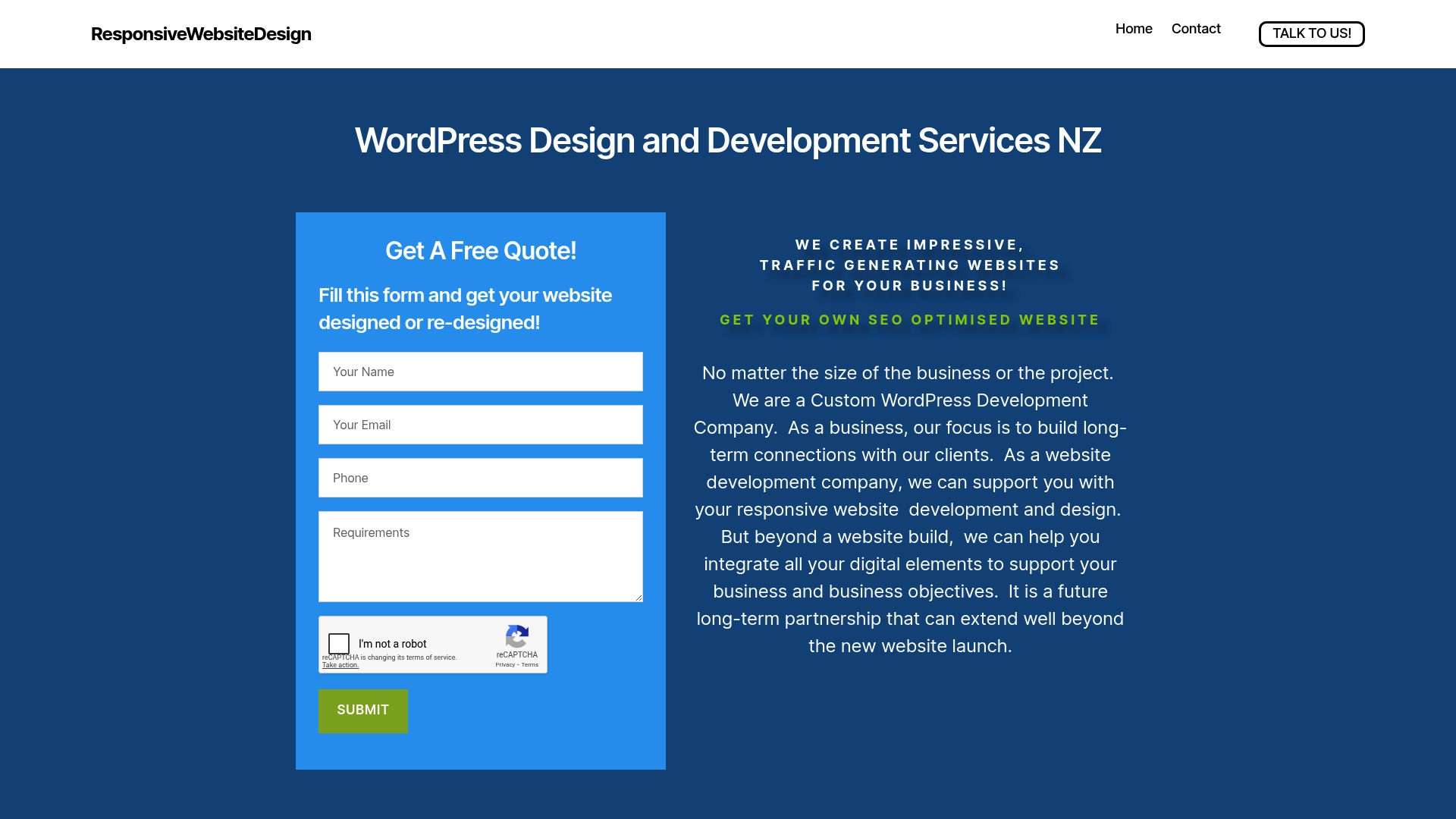
Ready to transform your ecommerce website with a responsive design built to attract and convert? Visit us now at Responsive Website Design and Development to start crafting an online store that meets your unique business needs and delivers exceptional results.
Frequently Asked Questions
To effectively choose ecommerce website tools for 2025, prioritize features like mobile optimization, customizable templates, SEO functionality, and integrated payment processing. Evaluate these features against your business needs to ensure a seamless customer experience.
To compare different ecommerce website tools, create a checklist of essential criteria, such as ease of use, pricing, customer support, and available integrations. Rate each tool against these criteria within 30 days to identify the best fit for your business.
What should be included in an ecommerce website development plan?
An ecommerce website development plan should include a detailed timeline, budget estimates, and a list of required features. Establish clear milestones and deadlines to help ensure the project stays on track and meets your launch goals.
Ecommerce website tools can enhance your SEO efforts by providing customizable URLs, meta descriptions, and alt text for images. Utilize these features to improve your site’s visibility on search engines, aiming for a consistent increase in organic traffic over time.
Common pitfalls include selecting tools without sufficient features, underestimating budget needs, or overlooking customer support options. Assess each tool’s capabilities thoroughly and ensure it aligns with your long-term growth goals to avoid these issues.
Setting up an ecommerce website using modern tools can typically take anywhere from a few weeks to a couple of months, depending on the complexity of your site and integrations. Plan to allocate time for design, testing, and revisions to launch a successful online store.
Recommended
 The next step involves creating a detailed action plan based on your initial assessment insights.
The next step involves creating a detailed action plan based on your initial assessment insights.

